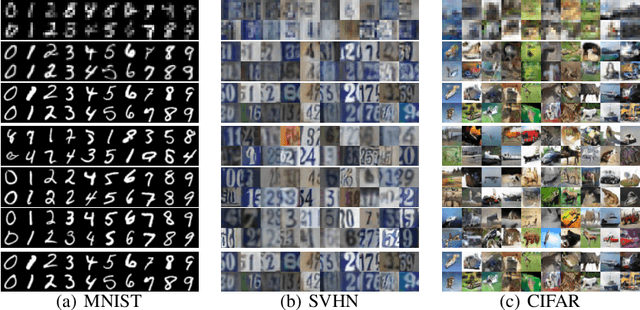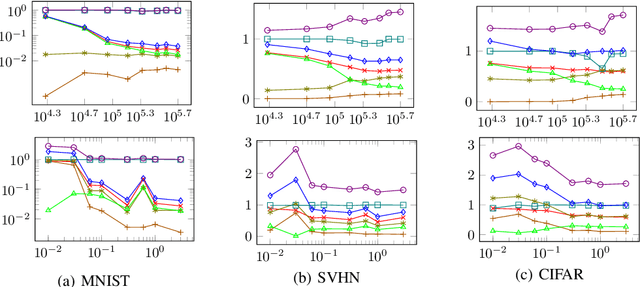Hao-Jen Wang
LOCORE: Image Re-ranking with Long-Context Sequence Modeling
Mar 27, 2025Abstract:We introduce LOCORE, Long-Context Re-ranker, a model that takes as input local descriptors corresponding to an image query and a list of gallery images and outputs similarity scores between the query and each gallery image. This model is used for image retrieval, where typically a first ranking is performed with an efficient similarity measure, and then a shortlist of top-ranked images is re-ranked based on a more fine-grained similarity measure. Compared to existing methods that perform pair-wise similarity estimation with local descriptors or list-wise re-ranking with global descriptors, LOCORE is the first method to perform list-wise re-ranking with local descriptors. To achieve this, we leverage efficient long-context sequence models to effectively capture the dependencies between query and gallery images at the local-descriptor level. During testing, we process long shortlists with a sliding window strategy that is tailored to overcome the context size limitations of sequence models. Our approach achieves superior performance compared with other re-rankers on established image retrieval benchmarks of landmarks (ROxf and RPar), products (SOP), fashion items (In-Shop), and bird species (CUB-200) while having comparable latency to the pair-wise local descriptor re-rankers.
G2R Bound: A Generalization Bound for Supervised Learning from GAN-Synthetic Data
May 29, 2019

Abstract:Performing supervised learning from the data synthesized by using Generative Adversarial Networks (GANs), dubbed GAN-synthetic data, has two important applications. First, GANs may generate more labeled training data, which may help improve classification accuracy. Second, in scenarios where real data cannot be released outside certain premises for privacy and/or security reasons, using GAN- synthetic data to conduct training is a plausible alternative. This paper proposes a generalization bound to guarantee the generalization capability of a classifier learning from GAN-synthetic data. This generalization bound helps developers gauge the generalization gap between learning from synthetic data and testing on real data, and can therefore provide the clues to improve the generalization capability.
 Add to Chrome
Add to Chrome Add to Firefox
Add to Firefox Add to Edge
Add to Edge